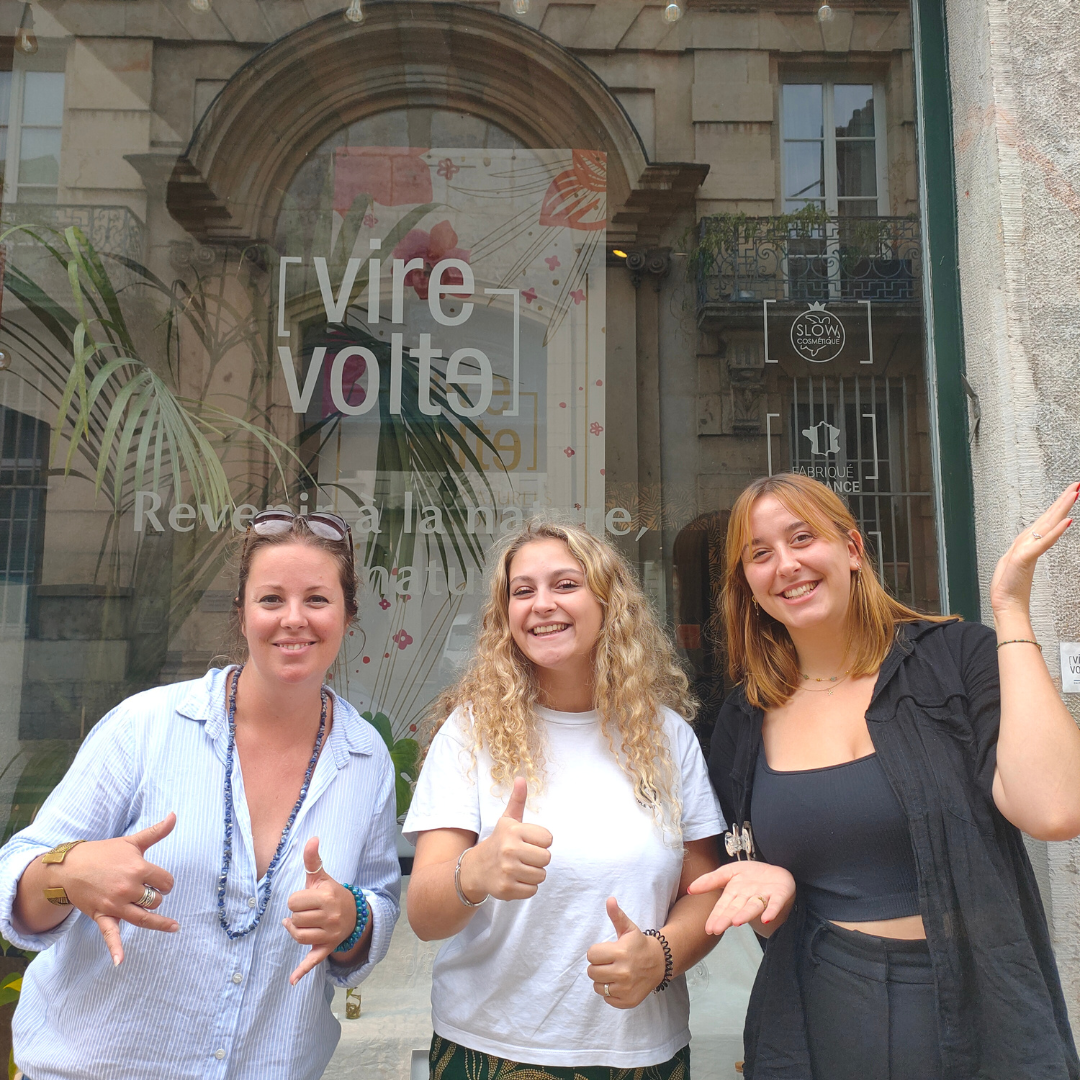
We cannot talk about the history of the Citrus without mentioning the garden of the Hesperides. He gave his name to an olfactory family, “les Hespéridés” which includes citrus fruits, Citrus.
“Of all the trees that human industry has managed to propagate in the southern regions of our continent, there is none more beautiful, more pleasant, more useful than those which make up the genus Citrus”
JA Risso author of the first essay on the Natural History of Orange, Bitter Orange, Limettier, Citron, grown in the Alpes Maritimes department, First edition 1813.
The myth of the Hesperidae garden
The Oracle of Delphi had imposed ten labors on Hercules. But King Eurystheus refused him two. Hercules therefore had to accomplish two more. The eleventh of these labors was to bring back three golden apples from the garden of the Hesperides, those marvelous fruits that Hera had received from her marriage to Zeus. This mysterious garden was guarded by the three Hesperides, daughters of Atlas. Hera noticed that the girls were stealing the golden fruits, so she placed the hundred-headed dragon, Ladon, son of Gaia, as guardian. Helped by Nereus, Hercules obtained the direction to always go west to go to the Hesperides. Hercules crosses the Strait of Gibraltar and arrived at the northwestern tip of the African continent, he discovers the very beautiful garden planted with golden apples, guarded by the immense Atlas bent under the weight of the celestial vault, carrying the world on his shoulders. Hercules introduces himself to him, a smooth talker, he explains his mission to him and offers Atlas to go pick the fruits while Hercules relieves him of the weight of the world. Atlas had no trouble obtaining the famous apples from his daughters. Armed with his three golden apples which are in fact oranges, he refused to take his place and suggested to Hercules that he go himself to bring the golden fruits to Eurystheus, his king. Hercules upset, pretended to accept but asked Atlas to relieve him time to install a pillow on his neck to better support the weight of the world. As Atlas placed the fruit on the ground and resumed his place under the celestial vault, Heracles bent down, picked up the fruit and fled to Greece with the golden apples. Eurystheus did not want to keep them, he offered them to Athena who brought them back to the garden of the Hesperides. This is how Greek mythology recounts the arrival of citrus fruits in their region.
Originally, the cultivated forms derive mainly from the four ancestral taxa, the citron (Citrus médica), the wild mandarin (Citrus reticulata), the grapefruit (Citrus maxima), and the papeda (Citrus micrantha). They are native to the southwest of the Himalayas, their area of origin extends to the southwest of China. They will very quickly spread to Indonesia and Australia.
Of tropical origin, they are very sensitive to the cold. In France, they can only be grown in the hottest areas of the Mediterranean region, the Côte d'Azur. It is only in coastal Corsica, particularly in the eastern plain, that certain species, especially mandarins and clementines, are grown on a large scale.
Of the history
Today imported by hundreds of thousands of tons from Spain, North Africa, the Middle East or Florida, citrus fruits are at the forefront of world fruit production. They are at the origin of the construction of the orangeries, these large greenhouses capable of sheltering trees.
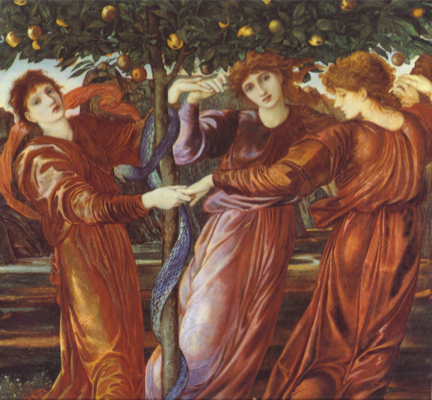
Extraction method
The different parts of citrus fruits can be extracted using different methods:
- The distillation of young leaves and tiny fruits called "small grains" to obtain the essential oil of bigarade, sweet orange, tangerine
- The distilled flowers will give an essential oil and especially a floral water.
- Cold pressing is reserved for fruits. The product obtained will be called “essence” and not essential oil. we will thus obtain the essence of bitter orange or mandarin, or lemon
-Solvent extraction for flowers to obtain an absolute.
These different extraction modes allow the perfumer a wider range of notes.
In perfumery
The citrus fruits are a family grouping together all the fresh waters, made up of citrus essences. The Citrus notes are always tonic and light. These are definitely top notes. The fresh citrus notes bring "pep", life, joy and lightness to more classic fragrances. They are enriched by aromatic, woody, spicy, sometimes even floral, chypre and musky accords. They are synonymous with sun, holidays, freedom, lightness.
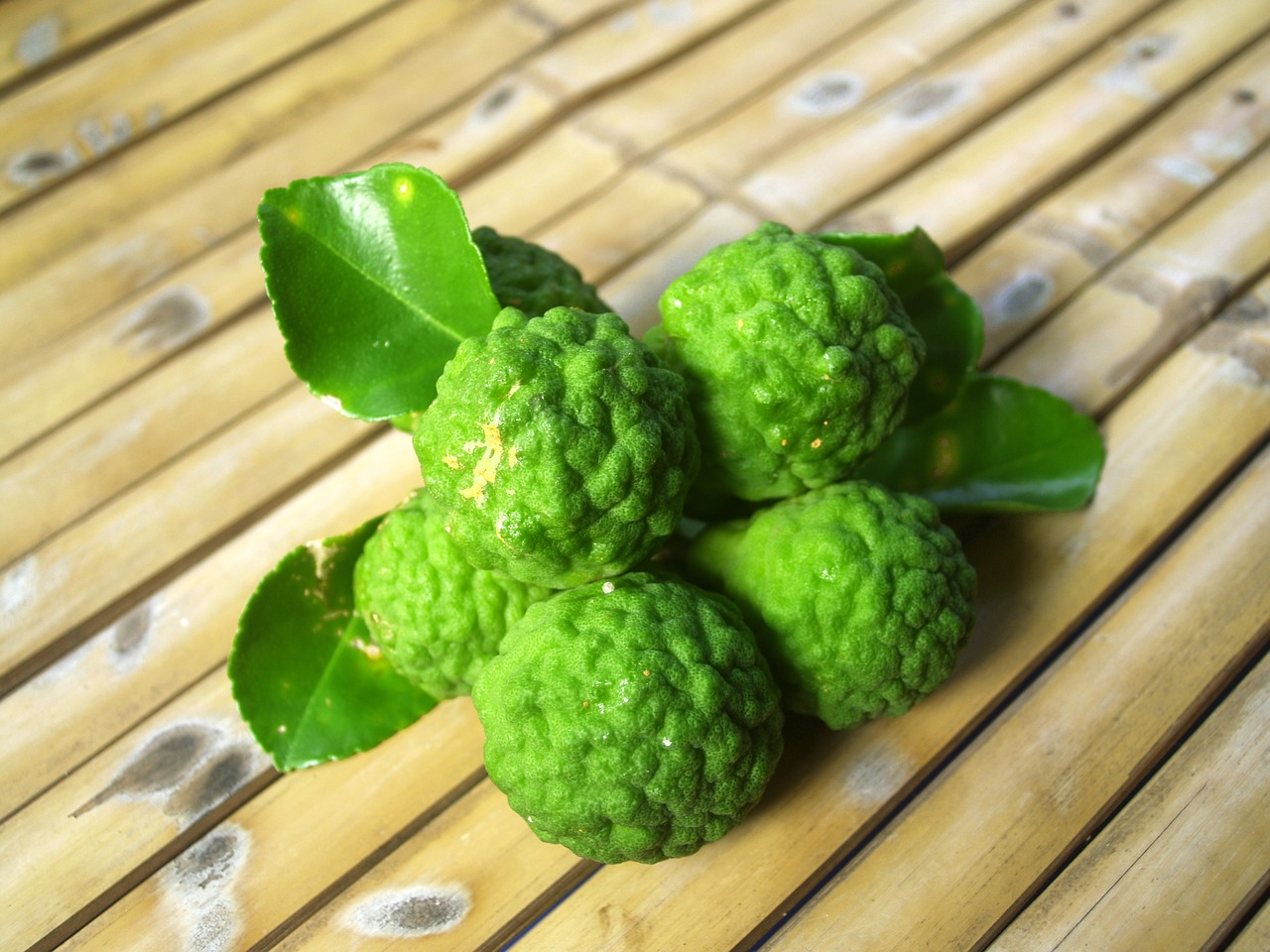
Citrus aurentium var. Bergamia, Risso, Rutaceae
Bergamot
Originally
It comes from a cross between the lemon tree and the sour orange tree, the bitter orange tree. Its rind is much thinner than that of other citrus fruits, even that of the lemon. It arrived late in southern Europe where it appeared at the end of the XNUMXth century under the name of bergamotto, probably from southern India via Egypt or the Greek islands. It would be the only cultivated citrus of European origin. It is not known in the wild, it is probably the result of one or more transplants.
Of the history
It was introduced into Spain on the farms of Philip II of Spain who brought it from Bergamo, an Italian city, in the XNUMXth century. The essence of Bergamot was immediately devoted mainly to perfumed waters, during the XNUMXth and XNUMXth centuries. The province of Reggio Calabria was the first region in Europe where the bergamot tree was cultivated and for a long time remained the only producer of its essence. In the XNUMXth century, it was introduced to southern Spain and Portugal. It was in the XNUMXth century that Bergamot had a use that has now been lost, that of bergamot boxes. In Grasse the manufacture of these small boxes intended to contain snuff, sweets or lozenges developed. The fine and smooth bark of the Bergamot lined the inside of these boxes, thus perfuming everything they contained.
A bit of botany
The bergamot tree has a prickly stem, large rounded oval leaves, its flowers have a special smell. The fruit picked at the start of the harvest is green in color beginning in November and turns yellow at the end of the harvest in March. Its fruit is round. Its scent varies according to the month of harvest.
Its mode of extraction
Is done mainly with its very fine zest by cold expression. For the creations of some perfumers, its distilled flowers are used to make orange blossom water.
In perfumery
Its essence is widely used in colognes for its fresh, delicate and suave floral scent. Its lavender and peppery rising note is very volatile and is part of the top notes. It brings a particular radiance to citrus compositions. Bergamot flower is used to make orange blossom water.
Find this note of bergamot in Vert Désert, woody and spicy fragrance.
Citrus medica
Citron
Originally
It is one of the four ancestral species from which other citrus fruits are descended. First citrus fruit arrived in the 2000rd century BC. JC in France, the citron was eclipsed behind the modern lemon. In northern India, on the site of Mohenjo-Daro, 700 years BC. JC, Citron seeds were found in archaeological digs. On the bas-reliefs of the temple of karnak in Egypt we can see carved hilly and warty fruits, which can be identified as Citrons. The cultivation of Citron is attested from XNUMX BC. our era, in Persia.
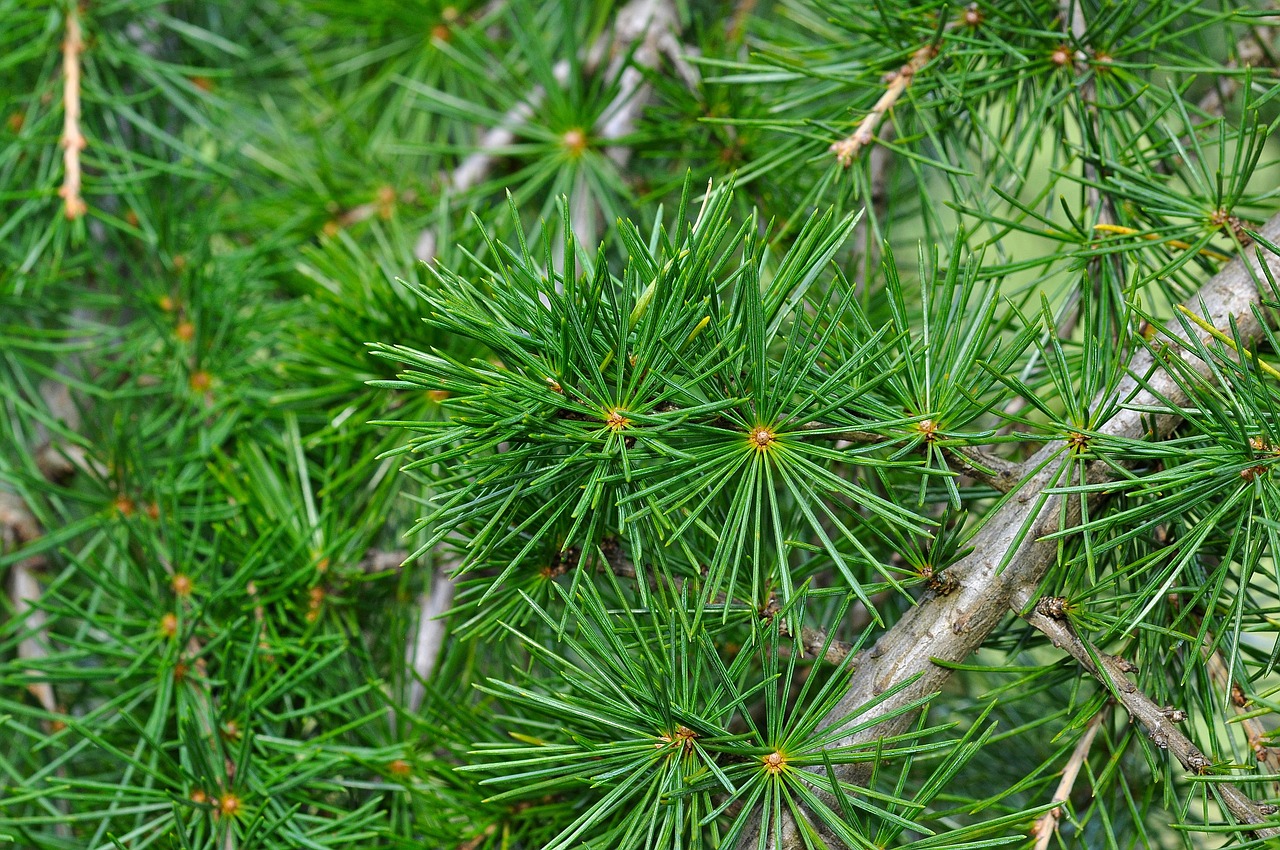
Of the history
The Citron is indeed the first "lemon" known from Antiquity. It is known for its use as an antidote to venoms and other poisons. He who heals, hence his name. The word citron from the Greek kedros finally appears in 1600 with O.de Serres in the form cedriac. The Hebrews during the Feast of the Huts, which recalls the exodus from Egypt and the years of nomadism before their arrival in the Holy Land, carry in their hands a Citron, fruit and witness of "the tree of splendor" such as is mentioned in the Bible.
A bit of botany
It is the largest citrus fruit, it can reach 4 meters in height, its fruit has a thick, warty, very fragrant, oblong-shaped bark. Its flowers are mostly solitary.
Its mode of extraction
In the XNUMXth century, the scientist Della Porta steam distilled the barks of Bigarade, Citron and Lemon. Later we came back to a method, by scraping with a pumice stone, the ancestor of cold expression. With this technique, we obtain a very fragrant and much finer essence, which was very successful in the XNUMXth and XNUMXth centuries. This method of extraction will continue until the beginning of the XNUMXth century.
In perfumery
It is experiencing a revival and enters into the composition of certain modern “waters”. It is used in the composition of luxury scented soaps. It brings a touch of authenticity and a unique fragrance, floral and lemony, fruity, elegant in its rarity.
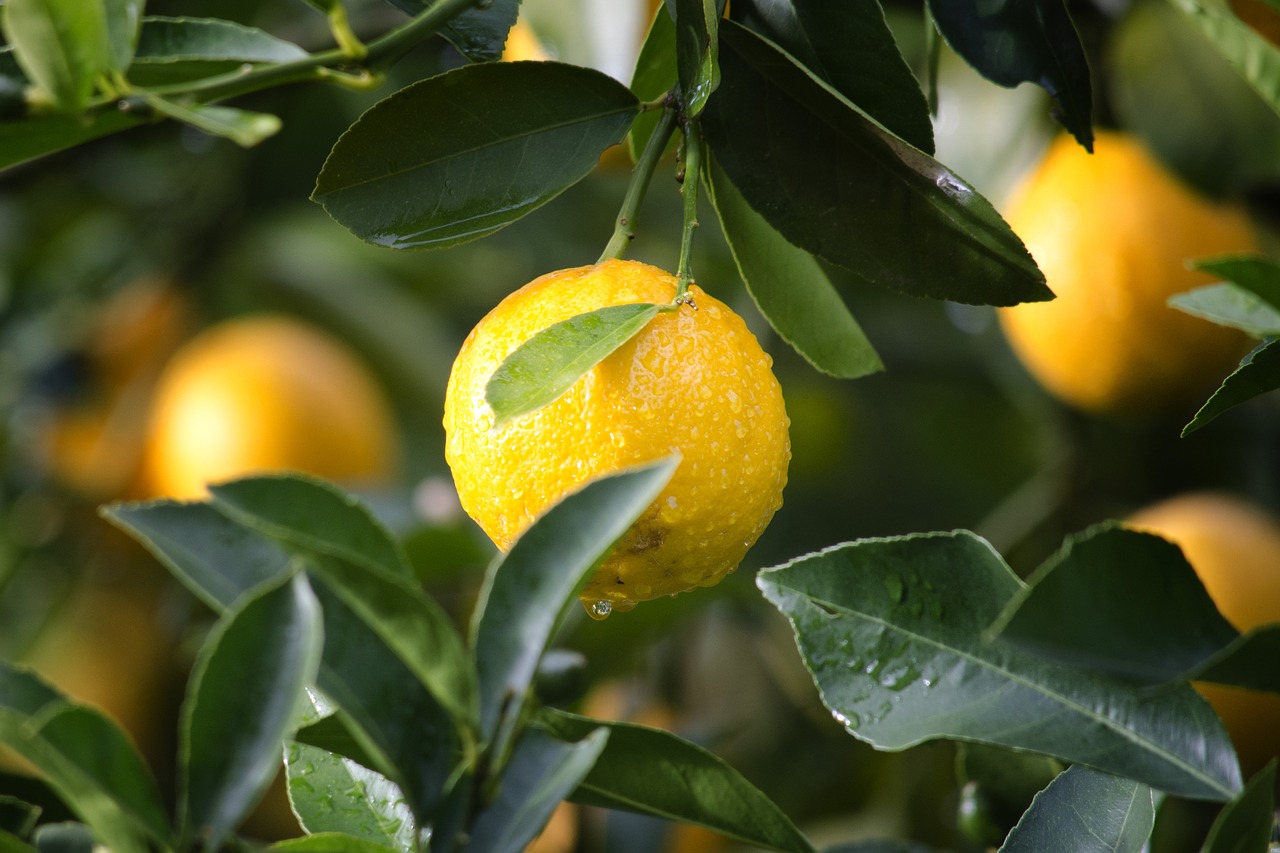
Citrus lemon, L. Burmann, Rutaceae
The lemon
Originally
Citrus comes from Citrus (male parent) and Bigaradier (female parent) with genes from Mexican Lime (male parent). It is native to the south-west of the Himalayas and will be introduced by the Muslims to the Mediterranean in the XNUMXth century. It is the last of the citrus fruits to arrive in Europe. It has now become the citrus fruit of the Mediterranean.
Of the history
It is cultivated from the middle of the 1494th century, on the Ligurian coast, Amalfi, in Calabria, and in Sicily. In XNUMX it was introduced by the Dutch to the Azores from where the fruits were shipped until the XNUMXth century to England and Holland.
In France, Menton has become the lemon capital. Every year in February, a Corso is celebrated there in honor of the lemon tree. Its avenues are lined with this tree. Menton lemons have a great reputation even if the producing countries currently are Argentina far ahead of Spain and the United States.
A bit of botany
Its port is very similar to that of the Bergamot tree and the Bigaradier, with glazed leaves, flowers, fruits that can be seen at the same time on the tree. Its fruits are larger than those of the Bergamot tree and more spherical.
Its mode of extraction
Cold expression of unripe fruit zest is the preferred technique. It gives a much finer essence than that obtained by distillation. With its young twigs and tiny steam-distilled fruits, we obtain essential oil of lemon petitgrain. With its flowers we obtain with the solvent extraction an absolute which deteriorates easily, not too much used.
In perfumery
The essence obtained is fresh, “rising” widely used in fresh waters, male colognes. The essence of lemon is biting, nervous and rather violent. It goes well with rosemary and cloves. It's definitely a top note. The woody note of lemon tree is also used in perfumery.
Citrus reticulata, Citrus nobilis Loureiro, Rutaceae
The wild mandarin tree
Originally
It is one of the four ancestral taxa. Originally from the Chinese foothills of the Himalayas, the mandarin bears in its name the color of the robe of the mandarin to whom these fruits were offered, symbols of fertility by the large number of their pips, of joie de vivre by their taste and of beauty by the prettiness of its dimensions and by its shape. All cultivated mandarin trees contain small parts of their genome from the wild mandarin tree.
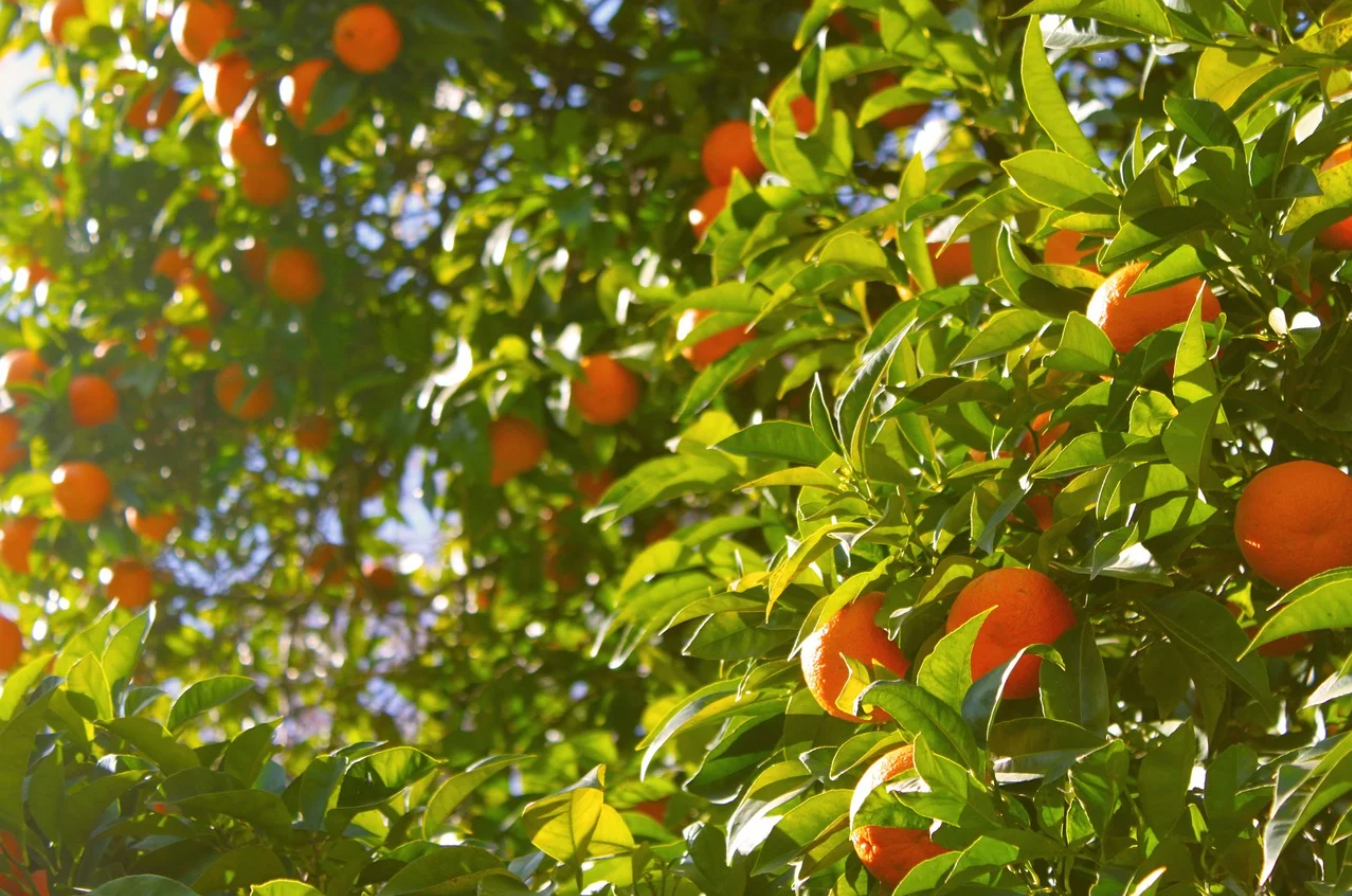
Of the history
It was discovered on the Indochinese peninsula by the Portuguese botanist Loureiro described it for the first time in 1790. He said of his discovery: "being the most pleasant of the Citrus, it has been cultivated for a very long time in southern China, in Japan , Indochina and Burma. The first mandarins were brought back from China in 1805 and the tree was introduced to Europe in 1828 where the first cultures developed in Malta and the Azores.
A bit of botany
It is the most cultivated citrus fruit in the Mediterranean. Mandarin for perfumery is grown in Calabria and Sicily.
Its mode of extraction
Still by cold pressing, its flowers are not exploited at all, whereas its antlers and small fruits steam distilled will give the essential oil of mandarin petitgrain. Gasoline production begins in September and ends in March. The first obtained by unripe fruits gives an essence of green color, the second is of yellow color, obtained with fruits picked later and finally the third of red color, obtained by mature fruits, gives a better yield. It is an essential oil that is particularly suitable for children. In massage on the solar plexus, it soothes them, develops their immunity. It is one of the first essences that can develop their sensory analysis.
In perfumery
Its use is recent, these different essences offer the perfumer a variety of shades, acid green to floral to finish fruity and sweet. Highly pigmented, the three essences have been rendered colorless at the request of perfumers. She is soft and sweet, feminine, sparkling and joyful. It is a top note that can be found in very chypre perfumes as well as in other more spicy ones.
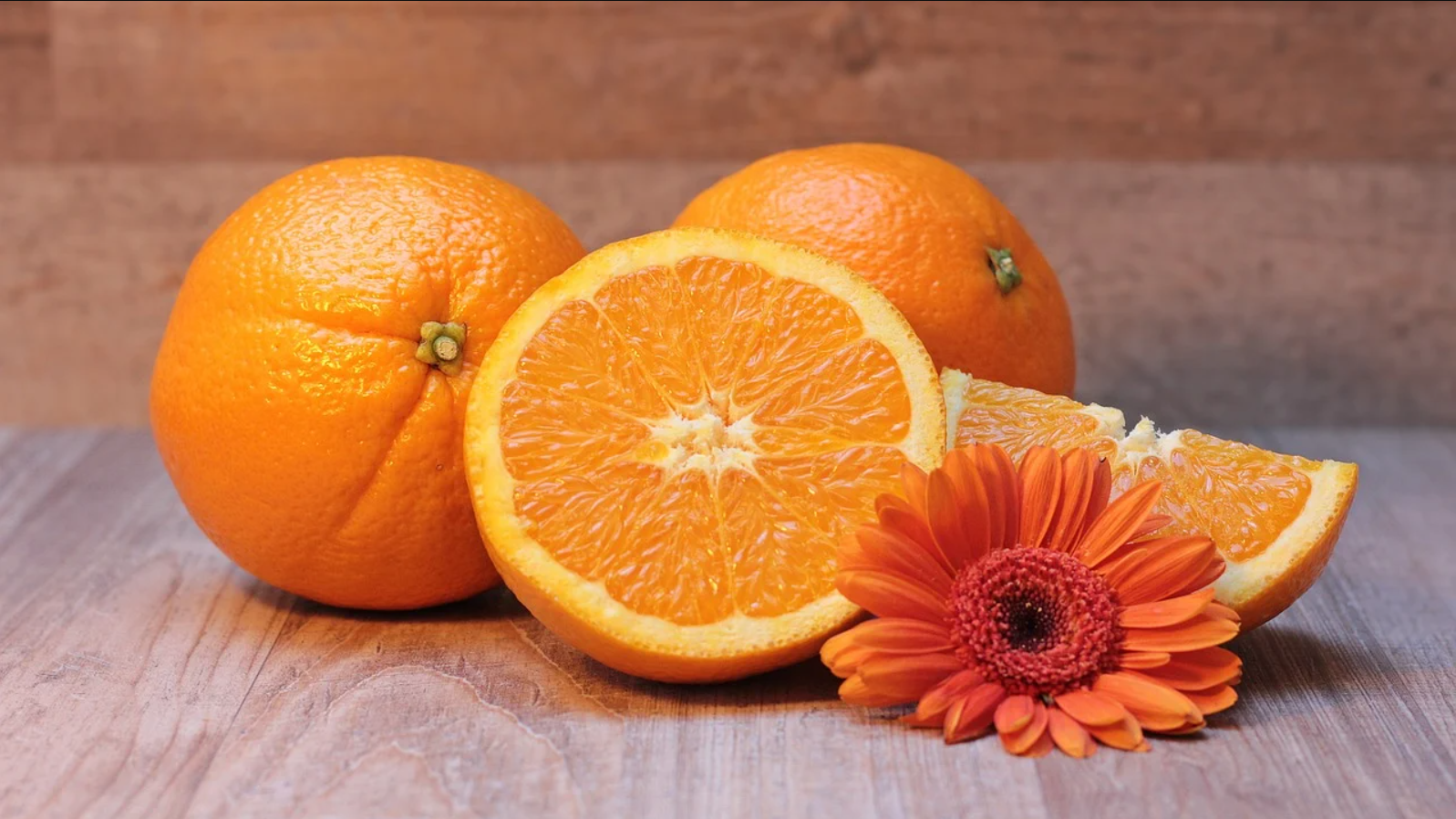
Citrus aurentium dulcis, sinensis, Rutaceae
sweet orange
His origin
It comes from two ancestral species, the mandarin tree and the grapefruit tree. Its exact origin is still unclear. It is said to be of Southeast Asian, Chinese or Indian origin.
Of the history
Its name comes from the Sanskrit narange. In 2.200 BC. JC in China it has long served as offerings to Chinese emperors. Its presence is attested in Italian orchards from the XNUMXth century. It was imported by Vasco de Gama in the XNUMXth century in Portugal. Today the sweet orange is the most cultivated citrus fruit in the world.
A bit of botany
Very close to sour orange, bitter orange
Its mode of extraction
By cold expression for its fruits and solvent extraction for its flowers
In perfumery
It is often used in colognes. She's very, too recognizable, too reminiscent of orange juice. When we talk about orange blossom, it is always Bigaradier flowers we are talking about.
Citrus aurantium, var. Amara, Link Rutaceae
Bigaradier, the bitter orange tree
Originally
It was the first Citrus to have been cultivated in the western Mediterranean, by Syrian Muslim settlers who introduced it to Sicily and the Maghreb in the XNUMXth century. The Bigaradier comes from a cross between the citron tree and the mandarin tree. It is one of the most widespread in the warm parts of the Mediterranean basin where every house, church has a few feet of it in the yard. It has long been known as an ornamental tree. Louis XIV built orange groves to enjoy the delicate scent of its flowers.
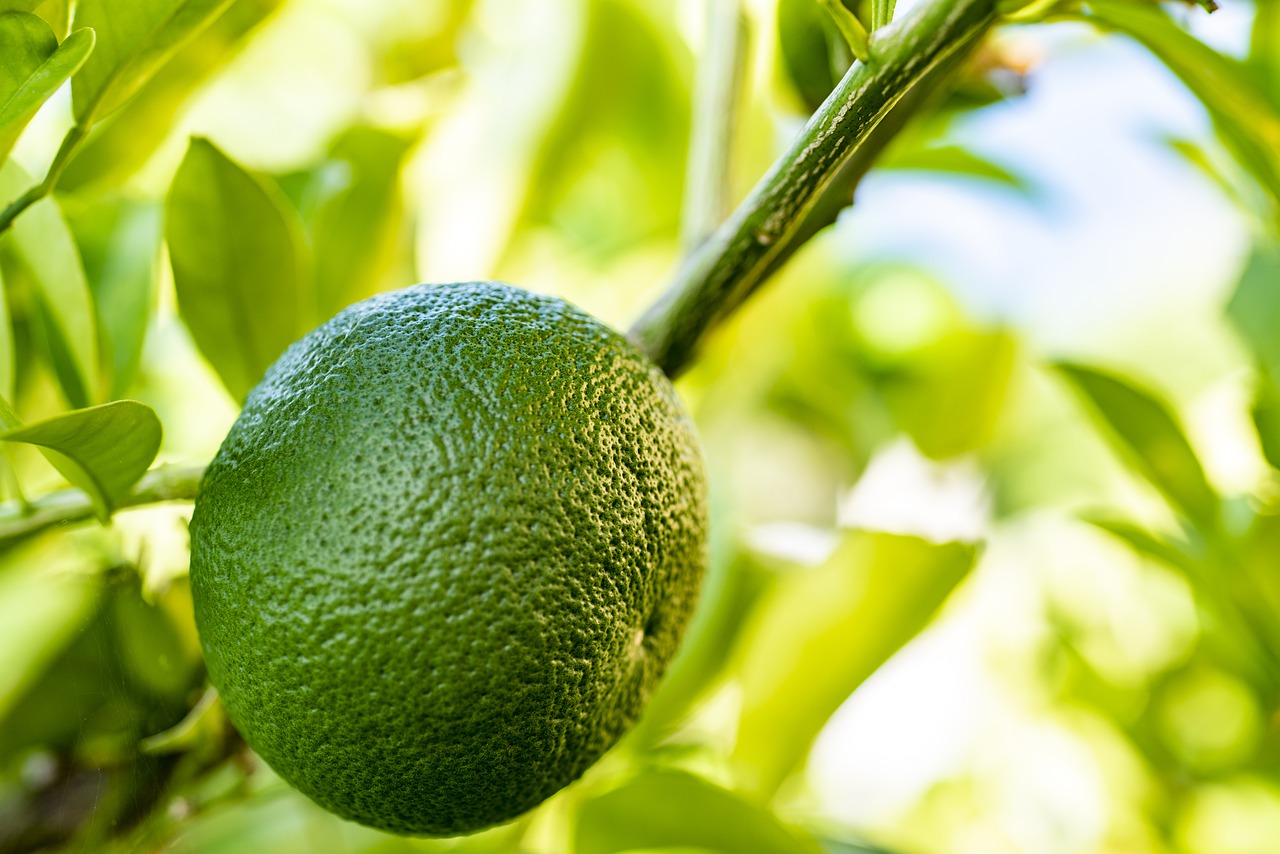
Of the history
Despite its very bitter, inedible raw fruit, it could be called the perfumer's nourishing tree. Indeed, different flavors are obtained by treating either the leaf, the bark of the fruit, or the flower. Anne-Marie Orsini (1642-1722) Duchess of Bracciano and Princess of Nerola brought fashionable orange blossom essential oil which took her name. She used it to perfume her gloves and her bath. The water obtained during the distillation was also used for body care. It has long been cultivated on a large scale in the vicinity of Grasse. Its culture has developed in Tunisia, the Comoros and Morocco where you can find a 180 hectare farm converted to organic since 2003.
Its methods of extraction
Flowers
Steam distilled gives Neroli essential oil
Orange blossom absolute: was obtained in the XNUMXth century, first by enfleurage, then by solvent extraction is a low-temperature extraction method to first obtain a concrete and then flower absolute orange tree.
The fruits
By cold expression will give the essence of Bigarade
Young leaves and small fruits: they will be distilled to obtain the essential oil of petitgrain bigarade, widely used in perfumery and aromatherapy.
In perfumery
The Bigaradier provides its essences with the finest scents. Its flowers give off a sensual, sweet, marvelous fragrance. Orange blossom is said to be the sweetest of white flowers, without that sweet side of jasmine or tuberose. A rather addictive smell, with a desire to return.

Citrus maxima, Citrus paradisi Merr. And C. Rutaceae
Grapefruit
Originally
The grapefruit, citrus maxima, is one of the four ancestral taxa. Grapefruit as we know it today is imported either from Israel or California.
Of the history
Our grapefruit is the grape-fruit of the Anglo-Saxons, also called shaddock after the captain of the ship who imported it to the West Indies in the XNUMXth century. These fruits can be very large, ovoid in shape, have a thick skin, a firm pulp and are not very juicy. It was not known to medieval Europe.
A bit of botany
It is the largest tree in the citrus genus family. Always with a smooth rather light gray trunk, thorny stems, long glazed leaves, very large flowers and fruits with thick skin.
Its mode of extraction
It is its flowers that are extracted by solvent that are used in perfumery. Young twigs and small fruits are steam distilled to obtain the essential oil. The pips, macerated in oil or extract from grapefruit seed oil. It is a very fashionable food supplement, which develops the immune system but annihilates the effect of long treatments, for chronic diseases such as hypertension, cholesterol, diabetes.
In perfumery
Its essence is tangy, refreshing, a little green.
Based on research by Tachka Sofer
Bibliography:
A Mediterranean ethnobotany of P. Lieutaghi, ed. South Acts
The natural history of orange trees by A. Risso, ed. Knowledge and Memories
The perfumes of E. Feydeau, ed. R.Laffont
The Fabulous History of Eau de Cologne, collective directed by J. Cl. Ellena, ed. Nose
Natural and cultural history of perfume plants by F. Aubaille-Sallenave, ed. Ibis
The Perfumed Herbarium of F. Ghozland and X. Fernandez, ed. carrot feather
Essential oils for your health by G. Roulier, ed. dangles

End of the Virevolte adventure
Do not hesitate to consult the list of our resellers if you wish to buy one of our perfumes.
Julie Desoomer
